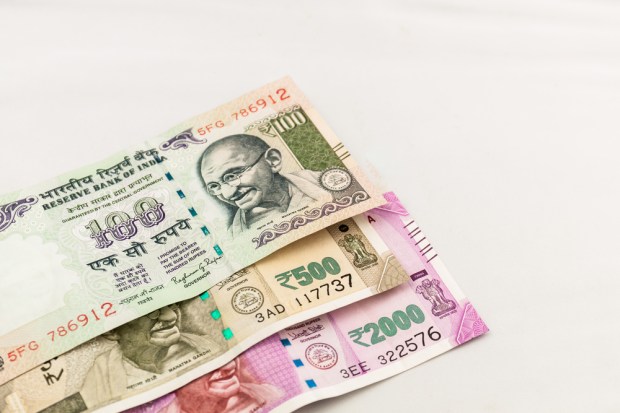Truecaller Thinks It Can Beat Paytm In India

While Sweden’s Truecaller is not new to the Indian payments ecosystem, it entered the India mobile market over a year ago during the launch of the nation’s Unified Payments Interface (UPI). With the announcement of its wholesale acquisition of Indian payments startup Chillr, it is leveling up its ambitions considerably.
“We want to be the top three payments ecosystem in the country in the next few months,” Chillr CEO Sony Joy said in an interview.
Through the acquisition, Joy will become the vice president of Truecaller Pay. The rest of the 65-person Chillr team will be absorbed into the Truecaller Pay business. According to Joy, more hiring is on the way as Truecaller intends to double the size of its India team.
It’s a great leap forward in the payments efforts of a firm that started out in the business of helping cell and smartphone users screen out the undesirable calls of spammers. But while that may be how Truecaller started, about 18 months ago, the firm began to shift its strategic focus. Today, India is Truecaller’s largest market.
Truecaller has 150 million registered users in India and 100 million daily active users, according to its own interior account.
However, Truecaller is still significantly smaller than the two largest competitors currently circling each other in India’s mobile payments ring: Paytm boasts 230 million registered users and WhatsApp has 200 million monthly active users (WhatsApp’s payments function hasn’t launched yet, as expected, due to privacy concerns, but its launch is expected imminently).
Joy said the payments landscape in India is nascent, with only two years into UPI and demonetization. He believes India’s infrastructure and its citizens’ readiness are actually aligned to allow for a max exodus to digital payments.
“What is true for the first time in history is that the majority of citizens either have a bank account, are going to pursue having one or who have access within their household to at least one adult who has one. There are many problems with people being underserved, but we are now seeing that emerging as more a problem with access to other services,” Joy said.
Chillr’s goal was to make it easier for customers “to use mobile technology that is becoming more universal literally every day in India and then make it a starting point where a consumer can access everything they need. That is, payments to friends and family or businesses. But with the UPI, the potential is to do so much more,” Joy explained.
As a part of Truecaller, Chillr is particularly interested in building to a full suite of financial services that are tied to payments, but separate, Joy said. That could include the ability to offer micro loans, financing and even micro insurance policies.
“Truecaller is already a trusted data-broker for consumers, and payments and transactions are a natural extension to build out on that trust,” he said.
Truecaller is also a startup, albeit one much further down the road with its recent acquisition of Chillr. The firm brought in about $90 million in funding from investors as of 2018, as opposed to the approximately $7.5 million raised by Chillr. There had been rumors three years ago that Truecaller was planning on making a run at unicorn status with an additional $100 million in fundraising, but that round never happened.
How much the company paid for Chillr in this latest deal is unknown.
“We’ve acquired a company that is known for innovation and leading this space in terms of building a fantastic product,” Truecaller Co-Founder and CSO Nami Zarringhalam told TechCrunch in an interview.
Zarringhalam noted that creating strategic partnerships has been an important part of his firm’s strategy in expanding its Indian offerings. To that end, they’ve created agreements with 300 partners in the country, according to Economic Times reports. The Chillr acquisition grew out of an attempt to build another such partnership within India’s digital ecosystem — when it became clear that there was perhaps a bigger opportunity than a partnership deal.
“We realized we shared synergies in thought processes for caring for the customer and user experience,” he added, explaining that Joy and his Chillr team will “take over the vision of execution of Truecaller Pay.”
What will that vision look like going forward?
According to Joy, Truecaller’s focus now is value-added service building on top of the SMS architecture that Truecaller has already developed.
“Smartphones are becoming more important everyday, but with the number of feature phones in the market, SMS is really the great mobile common denominator in the market. So, when we are building out, it’s not just about the payment, but also: Can our customer use SMS to track their order in real time? There is a lot of function to build.”
While this new move can look a bit like a bifurcation of efforts for Truecaller — with phone-related services for the world and then as a payment provider in India — the efforts are more unified than it many appear on the outside, according to Zarringhalam.
Truecaller’s payments ambitions are starting in India, he told TechCrunch. But its vision doesn’t end there.
“It could be based on acquisitions or partners; time will tell,” he said. “But our plan is to develop this for all markers where our market penetration is high and the market dynamics are right.”
